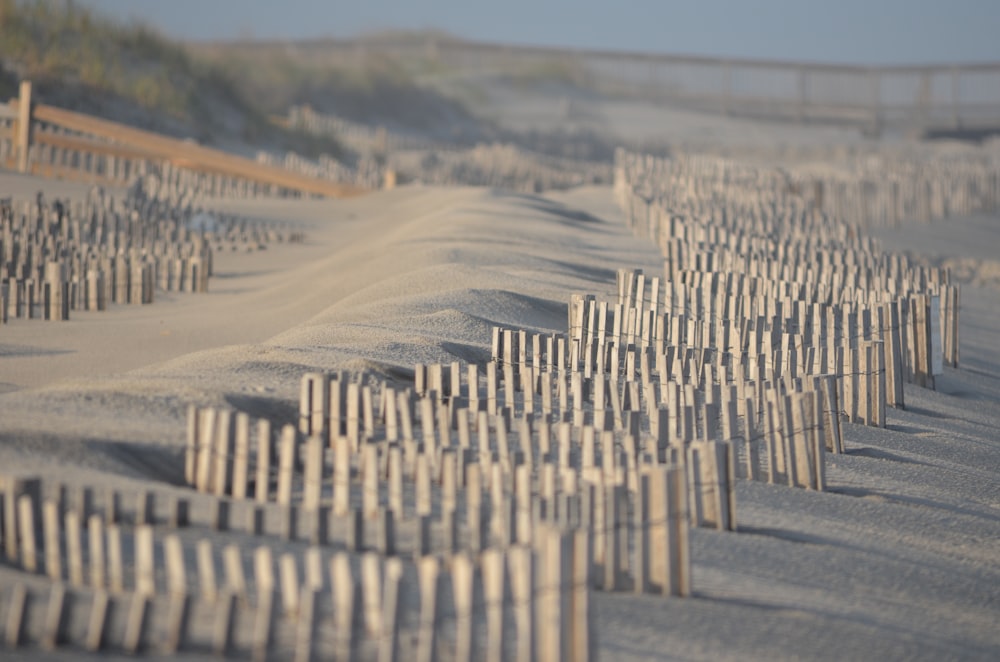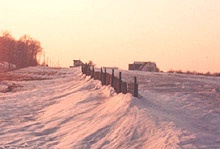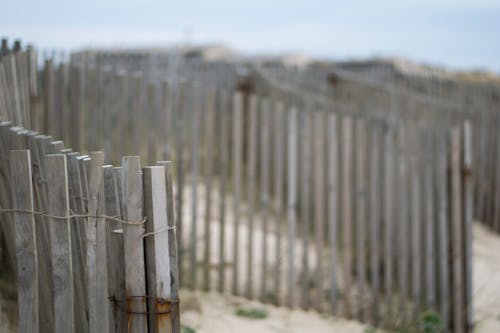Maintaining the Safety of your Chickens, Rabbits, Canaries, Ferrets and other Small Animals
Animals come in all shapes and sizes. So do the welded and woven wire fences and meshes used to enclose them. The kind of mesh you use makes a difference. The following recommendations can help you make the right choice.
Poultry: Your Pen Predator-proofed
Hexagonal netting, also known as hex net and chicken wire, is the ideal product to use. This fence is available in these finishes:
- GBW (galvanized before - 20 gauge)
- GAW (galvanized after - heavier 18 gauge), and black
- VC (vinyl coated - 20 gauge "core" wire)
VC and GAW meshes are thoroughly protected from rust and corrosion and last the longest. Rolls are 150' long and come in 12", 18", 24", 30", 36", 48", 60" 72", 84" and 90" widths. The 1" hex opening makes a secure and predator-proof fence for your birds. The black vinyl coating is virtually invisible from a distance so you can easily see them.
And for Canaries
Canary cages can be built using 1/2" hexagonal woven netting. This lightweight 23 gauge GAW woven mesh is the recommended product to use. Rolls available are 48" wide and 25', 50' and 150' long. Small 1/2" mesh keeps the birds safe. The thin wire mesh lets you see the birds.
Rabbits, Ferrets, and Other Small Animals
Welded wire meshes are used to make rabbit cages and hutches. 16 gauge, 1/2" x 1" is the ideal mesh size to use for flooring. Widths available - 12", 15", 18", 24", 30", 36", 48", 60" and 72". GAW finish is recommended due to its ability to stand up to the corrosive effects of rabbit urine. 14 gauge, 1" x 2" mesh is the perfect size for the sides and top. GBW wire can be used for these panels. These products will keep your rabbits and other small animals safe and secure.
Other meshes are also available that can be used to make cages and pens for larger animals such as:
- Apron fence for beagle training pens
- Woven diamond mesh and 2" x 4" mesh for horses
- Woven deer and wildlife fence
Fences and meshes are available for any type of animal enclosure.



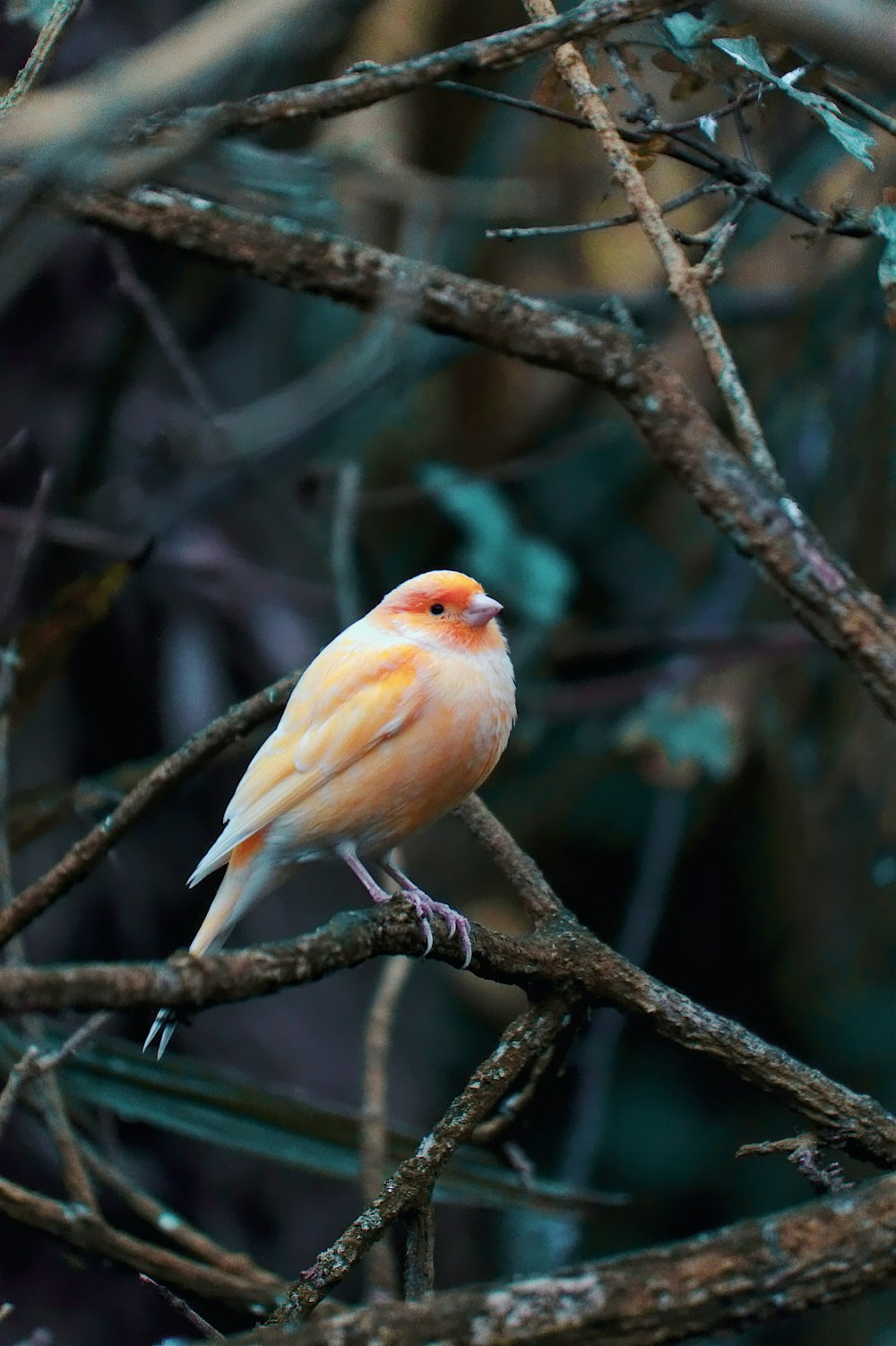



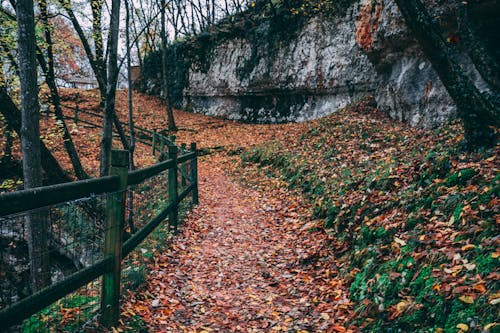



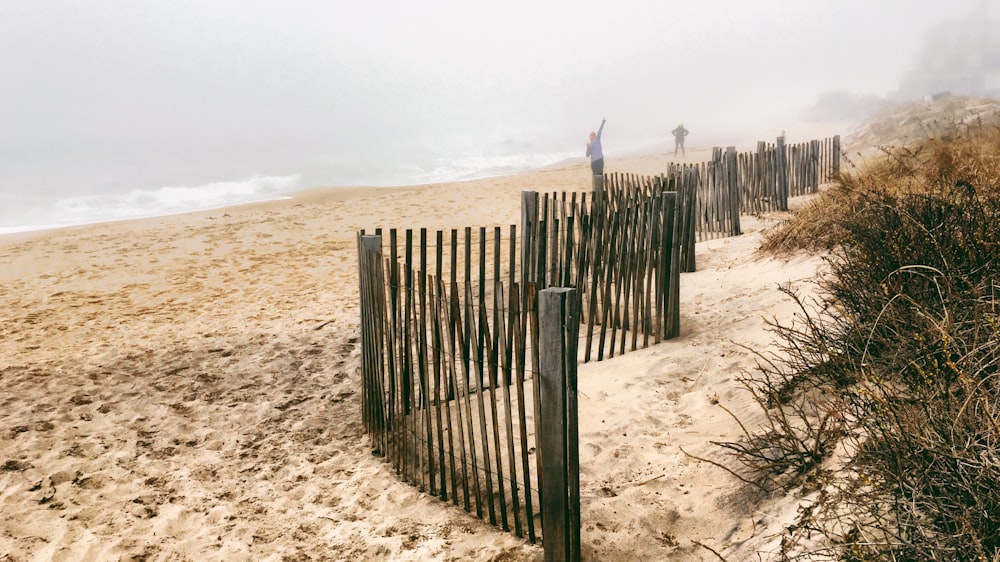
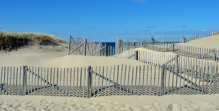
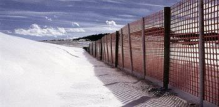

.jpg?width=85&height=85&name=plastic_sf_(2).jpg)
